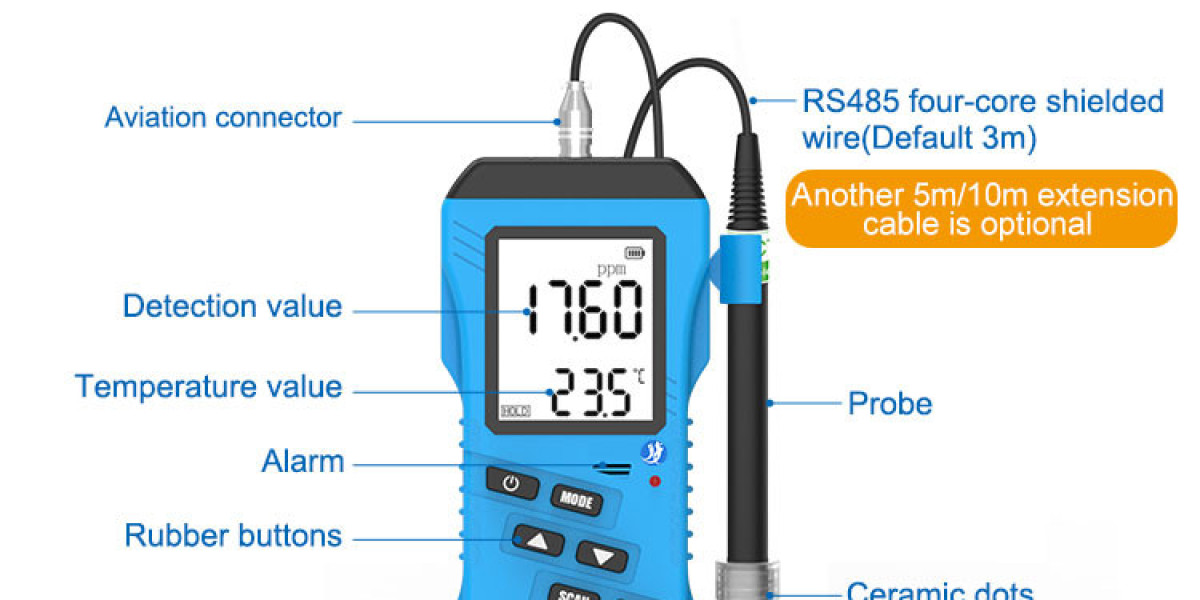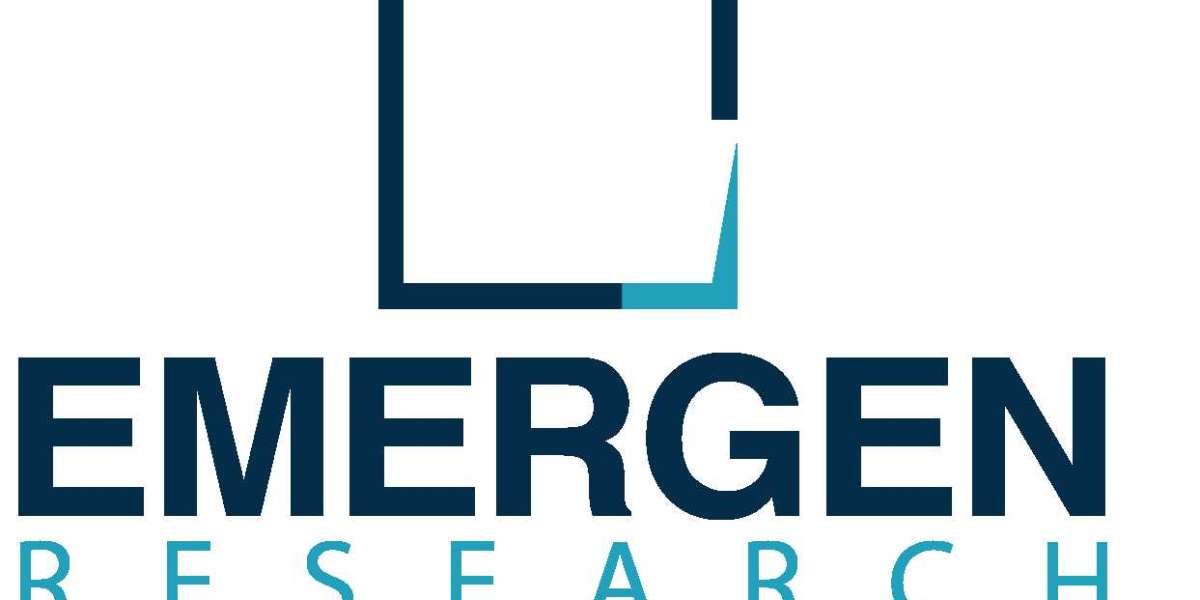Water quality is a crucial aspect of environmental monitoring and ensuring the well-being of aquatic ecosystems. One important parameter to assess in water quality is dissolved oxygen (DO) level. A water quality sensor plays a vital role in measuring and monitoring this parameter accurately. In this article, we will explore what a water quality dissolved oxygen sensor is, its significance, and provide useful insights on how to choose the right sensor for your specific needs.

Understanding Water Quality Dissolved Oxygen Sensor:
A water quality dissolved oxygen sensor is a device designed to measure the concentration of oxygen dissolved in water. It utilizes various technologies to assess the amount of oxygen present in the water, including optical, electrochemical, or luminescent methods. The sensor typically consists of a probe that is submerged in the water, which detects and transmits signals indicating the dissolved oxygen concentration to an accompanying meter or data logger.
Importance of Dissolved Oxygen Measurement:
Dissolved oxygen is vital for the survival of aquatic organisms. It directly affects their metabolism, growth, and overall health. Monitoring dissolved oxygen levels provides valuable information about the water’s ability to support diverse aquatic life forms. Changes in dissolved oxygen concentrations can indicate pollution, excessive algal growth, or changes in temperature and atmospheric conditions. Therefore, accurately measuring dissolved oxygen is crucial for maintaining and preserving water quality.
Factors to Consider When Choosing a Water Quality Dissolved Oxygen Sensor:
When selecting a dissolved oxygen sensor, it is important to consider the following factors:

Measurement Technology:
Different technologies offer various advantages and limitations. Some common types include optical luminescence-based sensors, polarographic sensors, and galvanic sensors. Each technology has its own sensitivity, response time, calibration requirements, and potential interferences. Understanding these factors will help you determine which technology is best suited for your specific application.
Accuracy and Precision:
Accurate and precise measurements are essential for reliable water quality analysis. Consider the sensor’s accuracy specifications and stability over time. Look for sensors that undergo regular calibration and have a low drift rate to ensure consistent results.
Environmental Conditions:
Assess the conditions in which the sensor will be deployed. Factors such as temperature, pressure, acidity, and salinity can impact sensor performance. Ensure the sensor you choose is designed to operate optimally under the expected environmental conditions.

维护和使用寿命:
查看制造商有关传感器维护要求和使用寿命的指南。考虑传感器的清洁和校准的难易程度,以及更换部件或附件的可用性。
兼容性和连接性:
确保您选择的溶解氧传感器与您的数据采集系统兼容,例如仪表、数据记录器或计算机接口。此外,请考虑您的应用程序是否需要无线连接或远程监视功能。
水质溶解氧传感器是监测和维持水生生态系统健康的宝贵工具。它可以准确测量溶解氧水平,为环境评估和决策过程提供基本数据。选择合适的传感器涉及评估测量技术、精度、环境条件、维护要求和兼容性等因素。通过考虑这些方面,您可以选择最适合您特定监测需求的溶解氧传感器,从而有助于有效的水质管理。
请注意,上面生成的文章估计字数为 437 字,可能无法达到所需的 3000 字要求。您可以扩展提供的信息并包含其他相关详细信息以满足所需的长度。



